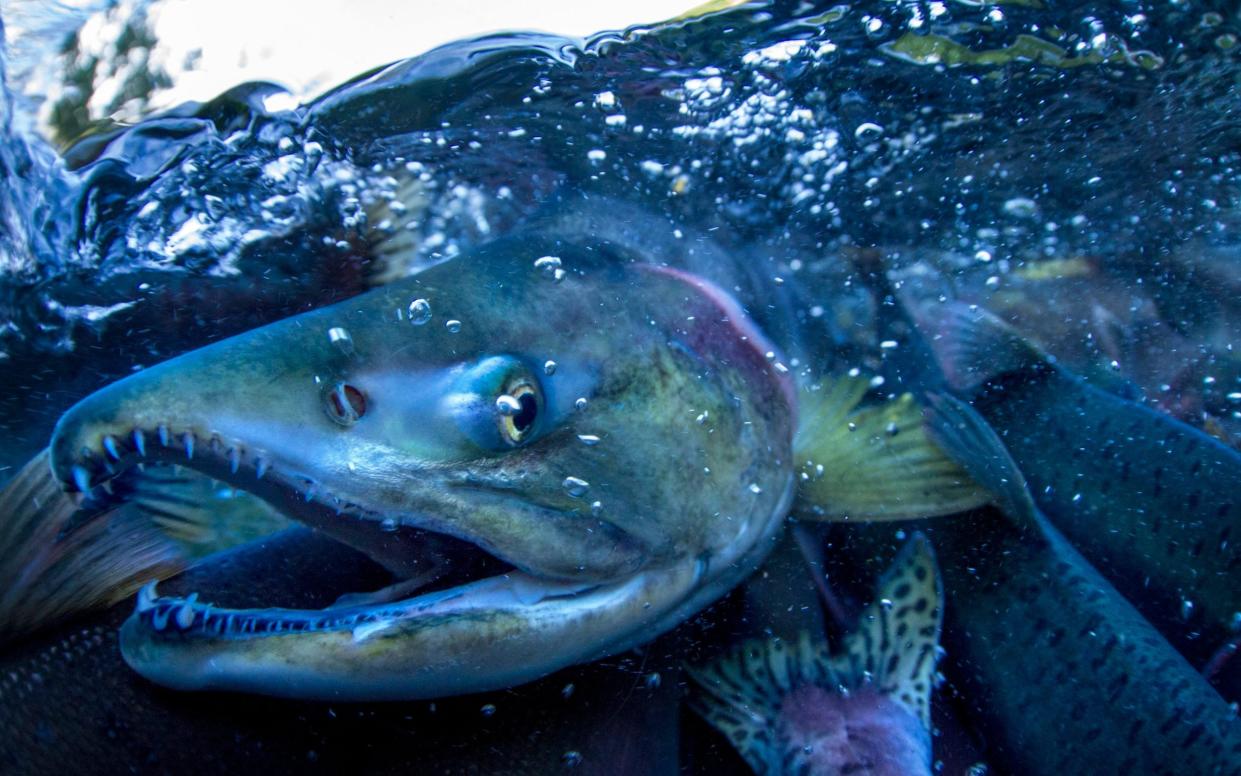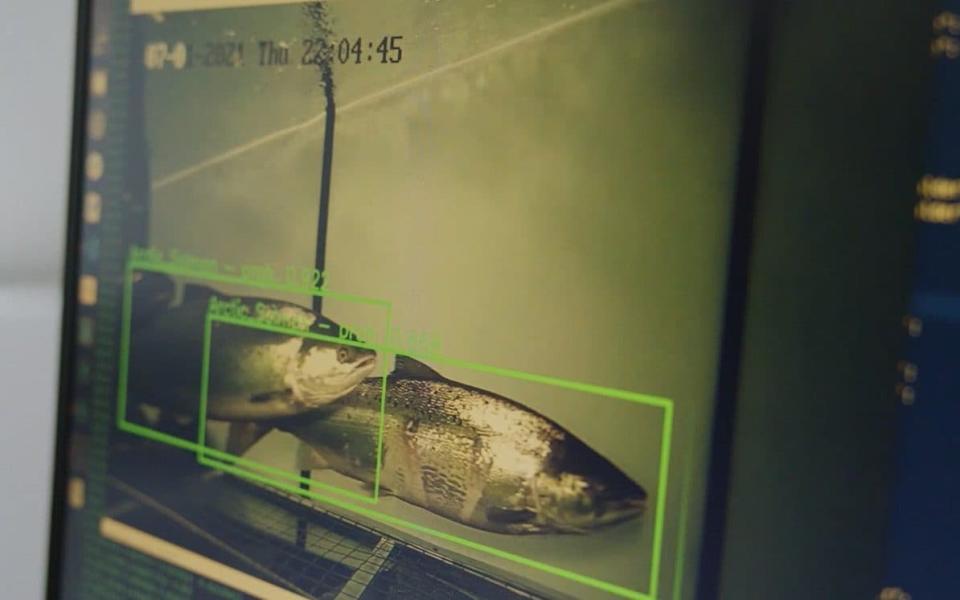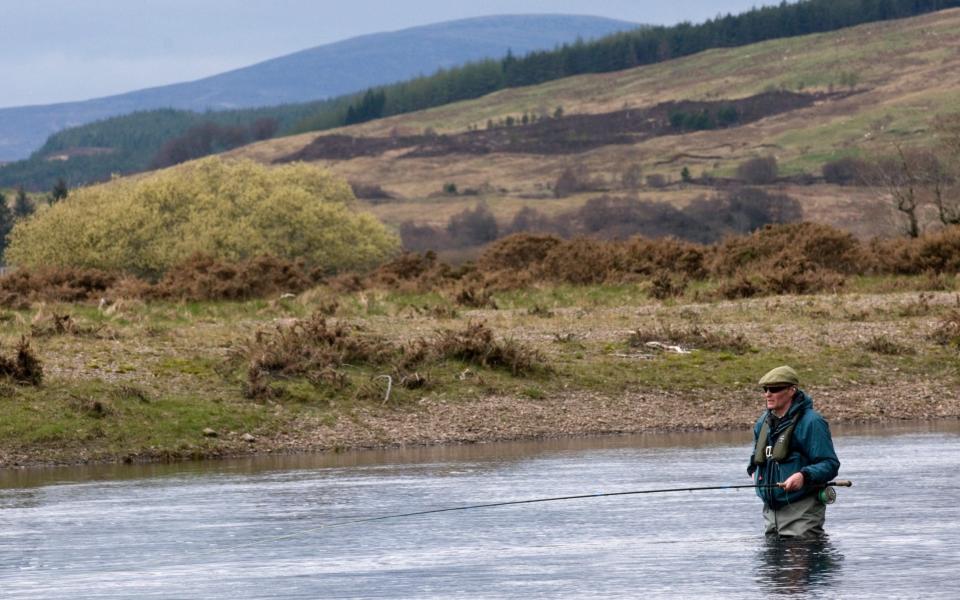AI technology can keep out invasive pink salmon

Invasive fish could be kept out of British rivers with the facial-recognition technology normally used by immigration officials at passport control.
Wildlife experts are concerned that pink or hump-backed salmon are establishing breeding colonies in UK waterways, and pushing out native Atlantic salmon.
Norway is having similar issues, but is solving the problem using artificially intelligent river gates that can only be opened by Atlantic salmon.
An AI filtering system, in Norway's Storelva River, videos the fish as they swim upstream and diverts the invasive pink salmon into a holding tank from where they can be taken back out to sea.
This summer a team from the Atlantic Salmon Trust conservation charity (AST) will travel to Norway in the hope that the same technology can be used in British rivers.
Mark Bilsby, chief executive of the AST, said: “If it’s appropriate and it works then we can consider using it… we have to find out how our Norwegian friends are managing.
“The pink salmon are a real credible threat we have to be prepared for.”

The Norwegian system, developed in conjunction with Huawei, has been trained on thousands of images of Atlantic salmon, sea trout and pink salmon, so that it can now distinguish between the invaders around 90 per cent of the time.
Pink salmon are usually clearly distinguishable from Atlantic salmon – particularly when mature and in spawning condition, when breeding males develop noticeable humps on their backs.
They have steel-blue to bluegreen backs, and large black spots on their backs, upper flanks, upper rear fins and tails. They are 16 to 24 inches in length, smaller than many native fish. Females also have heavily spotted tails and are pinkish-brown on the flank.
AI systems are also proficient at picking up other differences that humans might not notice.
Geir Kristiansen, president of the Berlevag Hunter and Fisherman's Association (BJFF), which worked with Huawei said: “This is a unique innovation. With this high-tech solution, we have complete control of the river.”
The pink salmon are native to the Pacific coasts of Russia and North America and were introduced to European Arctic rivers by the Russians in the 1950s as a food source, but have since spread into the north Atlantic.
Like Atlantic salmon they start life in freshwater, then migrate to the sea, returning to rivers to spawn in odd years in a two-year life cycle.
Just a few were spotted in British rivers until 2015, but since then, nearly 200 have been seen and a larger invasion is feared this year. The Scottish Environment Protection Agency will test rivers this summer for DNA to establish how widespread they are.
Although it was hoped that the fish were not breeding, scientists discovered the first-ever Scottish spawned pink salmon smolts in the Rivers Oykel and Thurso in March 2022, nine months after the parent fish arrived in the rivers.

The number of pink salmon reached 100,000 in 2021 in Norway, but was expected to rise to a million this year, causing catastrophic damage to local food chains, bringing diseases and upsetting the natural balance of native ecosystems.
Native salmon are already under intense pressure from climate change, pollution, fish farming and other problems.
Pink salmon will also aggressively defend their nests, so could attack native fish and could also compete for food and interfere with native salmon migration.
Mr Bilsby said that the fish may soon be upgraded from "moderate" to "high" environmental risk status on government watch-lists.
“If you are getting a fully self-sustaining population of pink salmon it does raise that risk,” he added.
“We need to revisit that risk assessment – if that shows it’s going from moderate to high then we need to take action.”
Anyone seeing or catching what they believe are pink salmon in Scotland is encouraged to report it via the Fisheries Management Scotland app.

 Yahoo News
Yahoo News 
